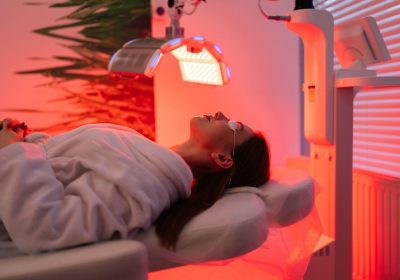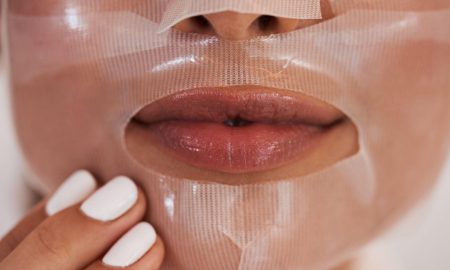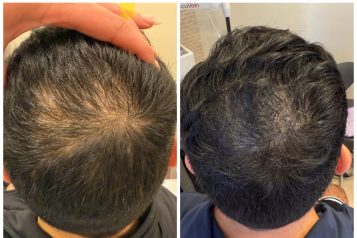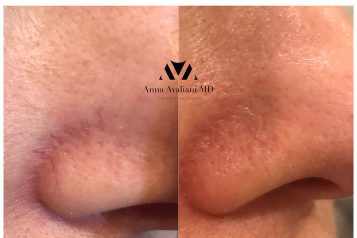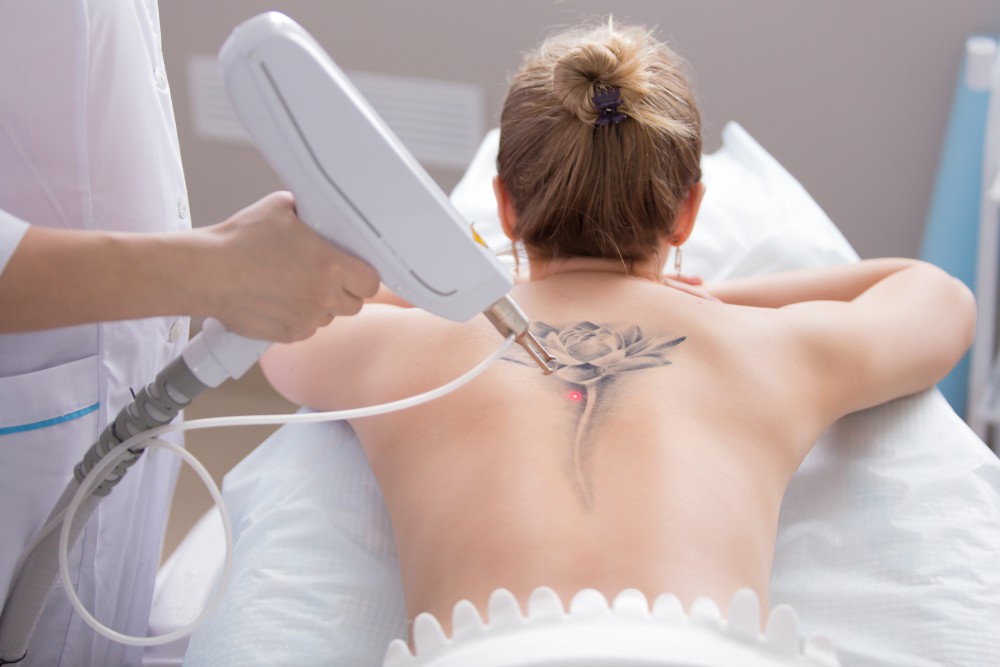
"Permanent" and "tattoos" are no longer synonymous. The process of having a tattoo removed has become much easier throughout the years due to innovative technology and skilled professionals. Board-certified dermatologist Dr. Lucy Chen sat down with Haute Beauty to discuss the tattoo removal process, how soon patients can see results and more.
Explain the process of tattoo removal?
Laser energy is used to shatter tattoo ink into tiny particles, which is then cleared up by your body's own immune system. Different wavelengths of the laser are needed to target different colors in the tattoo: black ink is the easiest to remove, followed by red, green and blue. Multiple treatments are needed in order to have complete clearance of the tattoo. Many different types of tattoos can be removed, not just professional ones (for example, cosmetic tattoos of eyebrows or lips, medical tattoos like radiation tattoos, and traumatic tattoos from accidents.
Which patients would not qualify for this procedure?
Patients should be careful about going just anywhere to have their tattoo removed. Laser settings must be specified for the ink color and the patient's skin type. If not done properly, those who have darker skin tones may have a skin burn or develop hyperpigmentation as a adverse effect. Patients should avoid sun exposure and tanning 1 month prior to the procedure.
The great thing about our Picoway laser for tattoo removal is that it is safe for patients of all skin types and nearly all tattoo colors. That means fewer treatments and better clearance of the tattoo.
How soon can patients see results?
Clearance of the tattoo can take anywhere from 3 to 12 treatments depending on the size, colors and how long you've had it. Fading of tattoo ink can be seen as early as the first treatment. There is no guarantee that 100% of the tattoo can be removed for a variety of reasons including whether it was done at a professional or amateur parlor and what kind of ink was used.
What are the follow-up procedures?
Patients can expect some swelling and bruising at the treated area and are expected to keep the treated area clean, covered and dry. Treatments are spaced 8 to 12 weeks apart.
Can patients get a tattoo in the same place as the removal? If not, why?
If not done properly, laser tattoo removal can cause scarring and skin color changes which can change the integrity of the skin. It is best to consult a dermatologist before getting another tattoo in the same place.
For more information, visit Diane Walder Dermatology by Riverchase's social media:





